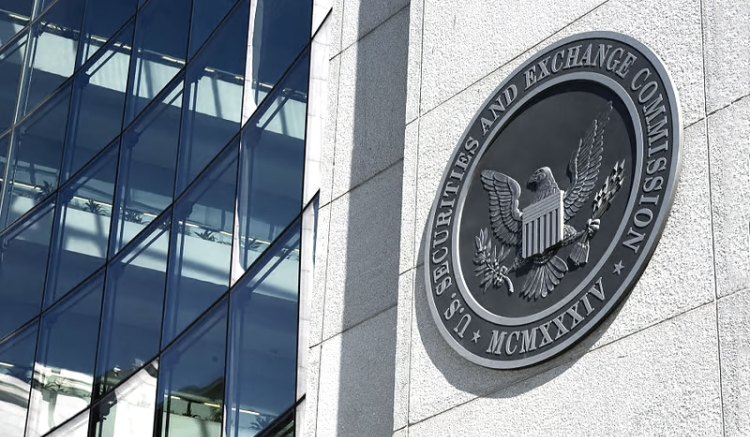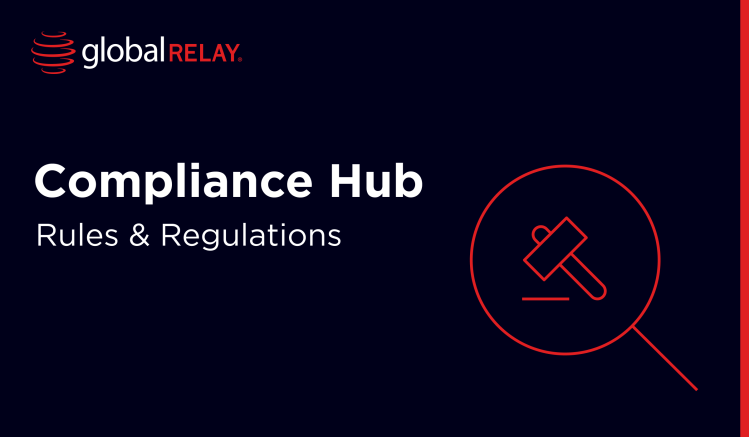The Securities and Exchange Commission (SEC), along with other U.S. regulators, have taken an “approach with caution” stance on artificial intelligence (AI) integration in recent years. While recognizing its rewards, the Commission has continually emphasized the precautions that must be taken to manage AI-related risks through various speeches and statements.
However, recent remarks from SEC commissioners have flipped this approach on its head. SEC Commissioner Hester Pierce and Acting Chairman Mark Uyeda both shared their thoughts on the governance of AI, stating that instead of continuing with its cautious oversight, the regulator should instead shift to a more hands-off approach.
A change in course for the Commission
During an SEC-hosted AI roundtable on March 27, 2025, Uyeda reflected on the existing use of AI in finance by explaining how it has consistently played a role in advancing the market. In addition to mentioning how AI has enhanced trading and investing, he also noted recent technological developments and the “expanding realm of potential use cases” they offer to financial services:
“Tools incorporating…AI technologies can help digest and extract insights from vast and diverse datasets and other information, leading to enhanced decision-making and operational efficiencies… These technologies may enhance investor interactions and learning and can assist regulators in improving the efficiency of their supervisory and oversight activities.”
In consideration of AI’s opportunities, Uyeda expressed his concern with the SEC’s current stance on generative technology and its potential to “place unnecessary barriers on the use of new technology”:
“We should avoid an overly prescriptive approach that can lead to quickly outdated, duplicative rules, a ‘check the box’ approach to compliance, and impediments to innovation.”
Instead, Uyeda said that financial regulators should assume a “technology-neutral” approach moving forward. Should technological advances create possible gaps in regulatory structure or necessitate extra guidance, he believes the SEC should address those occurrences in a way that encourages innovation.
Commissioner Pierce also discussed the benefits of new technologies, such as their ability to help “achieve greater efficiencies and lower costs.” She opined that the sensationalism of AI has caused the SEC to “broadly and clumsily” govern generative technology, such as in the case of predictive data analytics, and that the regulator should instead intervene only when necessary:
“The Commission should not get lost in artificial fears. It should base any action on a thorough understanding of the particular AI problem it is trying to solve and why a regulatory solution to that problem is warranted. Approaching it this way is less daunting than trying to design a grand regulatory solution to respond to imprecise AI fears.”
Artificial fears or valid considerations?
Previous SEC leadership weighed AI’s integration in finance carefully, such as then Chair Gary Gensler, who, despite calling AI “one of the most transformative technologies of our time” had pointed out the “systemic risk” generative models could cause.
Similarly, the Commodity Futures Trading Commission (CFTC) has taken an active approach to AI in the last couple of years, such as by holding frequent meetings with the Technology Advisory Committee to explore its evolution and oversee its use within financial operations. One of the spearheads in assessing AI technologies during this time was then Commissioner Christy Romero Johnson, who has since stepped down.
While recognizing its opportunity, past CFTC and SEC leadership had committed to deliberating explainability, transparency, and security where AI risks were concerned. Similarly, the industry has conveyed similar considerations about AI’s integration into compliance workflows per data from Global Relay’s recent Industry Insights: State of AI in Surveillance 2025 report.
Report respondents shared that some of the main barriers to AI adoption are data security, budget, and explainability. In the same sense, respondents ranked both the importance of explainability and transparent third-party governance as very high.
In addition, the industry has yet to build a complete understanding of how AI technologies work within compliance workflows. On a scale of 1 to 10, with 1 being no understanding and 10 being full understanding, respondents’ average score was 3.6.
Taking these figures into account, it’s clear that firms are measured in approaching AI due to the complexity of generative models. Despite this, 31% of respondents shared that they are integrating AI into compliance workflows within the next 12 months, with another 38% sharing that they are watching the space to decide whether they will adopt AI into compliance workflows.
Global Relay’s Industry Insights: Compliant Communications 2024 report found that 57% of firms did not plan to integrate AI into compliance workflows. Compared to 38% of firms watching the industry space as of 2025, there is a 19% reduction in the number of respondents reluctant to implement AI. Could it be that the industry will more rapidly embrace AI innovation as new regulatory leadership pushes to embrace generative technology more rapidly?
AI at the tipping point
This shift in ideology follows not only a change in leadership within the Commission but a change in governmental administration. With the Trump administration stripping back the AI Executive Order released by the Biden-Harris Administration last year to “remove barriers to leadership in AI,” it seems this is only the beginning of a regime-wide push to integrate modern technologies into financial workflows.
Regulators both past and present have acknowledged that AI presents financial firms with revolutionary capabilities to enhance compliance workflows. Though, it’s important to bear in mind that generative technologies are continually advancing, which means that firms should prioritize security, transparency, explainability, and sound governance to ensure accuracy and ethical use.
With the SEC’s implication that it will be loosening guardrails around modern technologies, suggesting deregulation ahead for financial markets, it will be interesting to see if the industry adapts its pace on AI integration alongside regulators.




